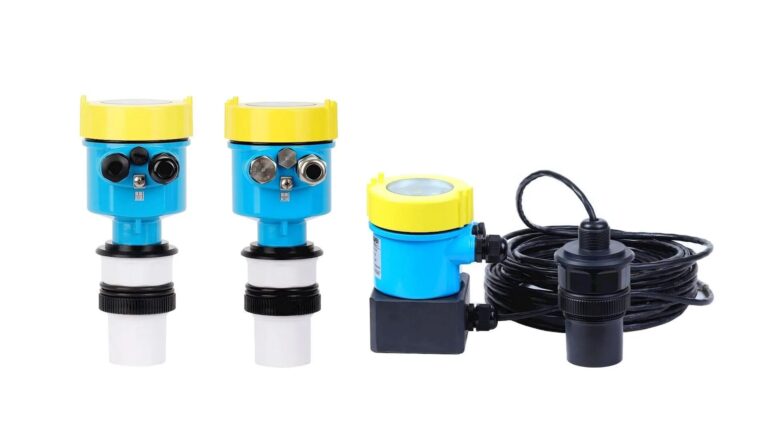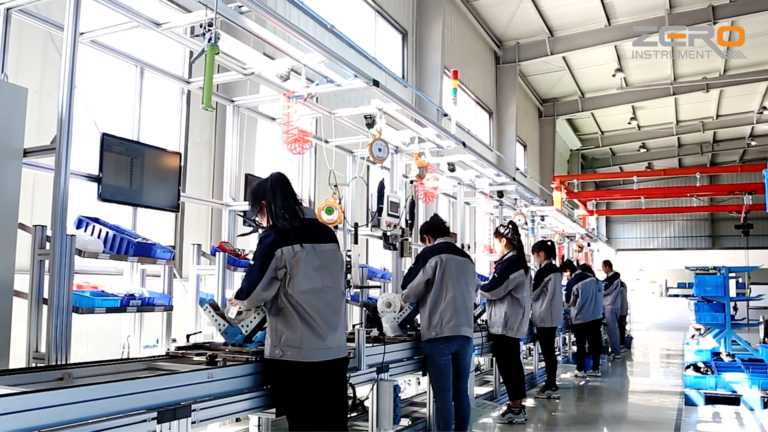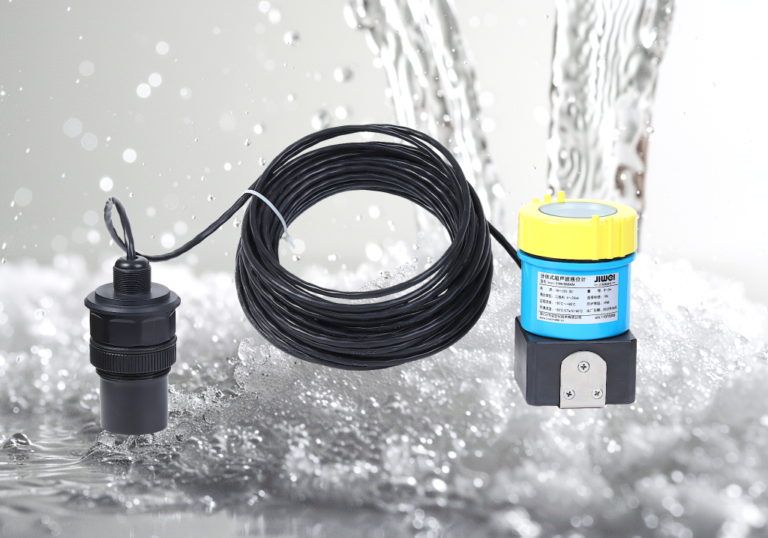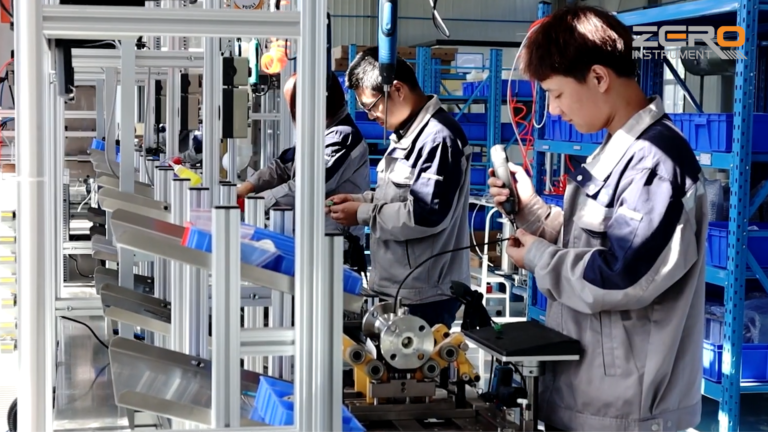Introduction
The ultrasonic level meter is a device widely used for liquid level measurement. Due to its advantages of non-contact operation, no pollution, and easy maintenance, it is highly favored across various industries.
Based on their structure, ultrasonic level meters can be categorized into two types: integrated and split-type. This article will provide a detailed analysis of the differences between these two types, their respective advantages, and the suitable application scenarios for each. The aim is to assist users in selecting the appropriate equipment for different application environments.

Ultrasonic Level Transmitter
Structural Features
The integrated ultrasonic level meter combines the ultrasonic probe, signal processing unit, display, and other components into a single device. All measurement and control functions are carried out within the same enclosure.
Advantages
- Easy Installation: Due to its compact structure, installation is straightforward, requiring only the fixation of a single device, eliminating the need for complex wiring and installation procedures.
- Comprehensive Functionality: It is suitable for various industrial-grade harsh environments, with protection ratings up to IP66/IP67. Multiple models are available, such as corrosion-resistant and explosion-proof types.
- Simplified Calibration: The integrated design simplifies and enhances the efficiency of the calibration process. Typically, only the overall system needs to be calibrated, rather than multiple separate components.
Integrated ultrasonic level meters are commonly used in applications such as storage tanks, industrial wastewater treatment, chemical reaction tanks, and shallow water pools.

Split-Type Ultrasonic Level Meters
Structural Features
The split-type ultrasonic level meter consists of a separate probe and signal processing unit. The probe is installed at the measurement point, while the signal processing unit can be placed in a control room or another convenient location away from the measurement point. The two components are connected via a cable.
Advantages
- Strong Anti-Interference Capability: With the probe and signal processing unit separated, the signal processing unit can be located away from areas with high temperature, high pressure, or strong electromagnetic interference, thereby improving measurement accuracy and reliability.
- Ease of Operation: The signal processing unit typically features a larger display and more operation interfaces, making it easier for operators to adjust settings and view data.
- High Adaptability: The split-type design is well-suited for harsh measurement environments, such as those with high temperatures, corrosive gases, or liquids. The probe can be made from special materials to withstand extreme conditions.

Application Scenarios
Split-type ultrasonic level meters are suitable for large storage tanks, liquid level measurement in complex process flows, and level monitoring in high-temperature or highly corrosive environments. They are particularly well-suited for applications requiring remote operation or where it is necessary to prevent interference from the on-site environment.
About Selection
Integrated and split-type ultrasonic level meters each have their own advantages and disadvantages in terms of structure and functionality. The integrated type is more suitable for harsh environmental conditions and applications with lower maintenance needs, while the split-type is better suited for complex environments and applications requiring remote monitoring. Users should choose the most appropriate type of ultrasonic level meter based on the actual usage scenario, installation conditions, and measurement requirements to ensure measurement accuracy and equipment stability.

Conclusion
Ultrasonic level meters play a crucial role in liquid level measurement, and the correct selection between integrated or split-type devices will directly impact measurement effectiveness and equipment longevity. By understanding the structural differences, application scenarios, and respective advantages of each type, users can better align their choices with their specific needs, optimizing the overall performance of their measurement systems.
